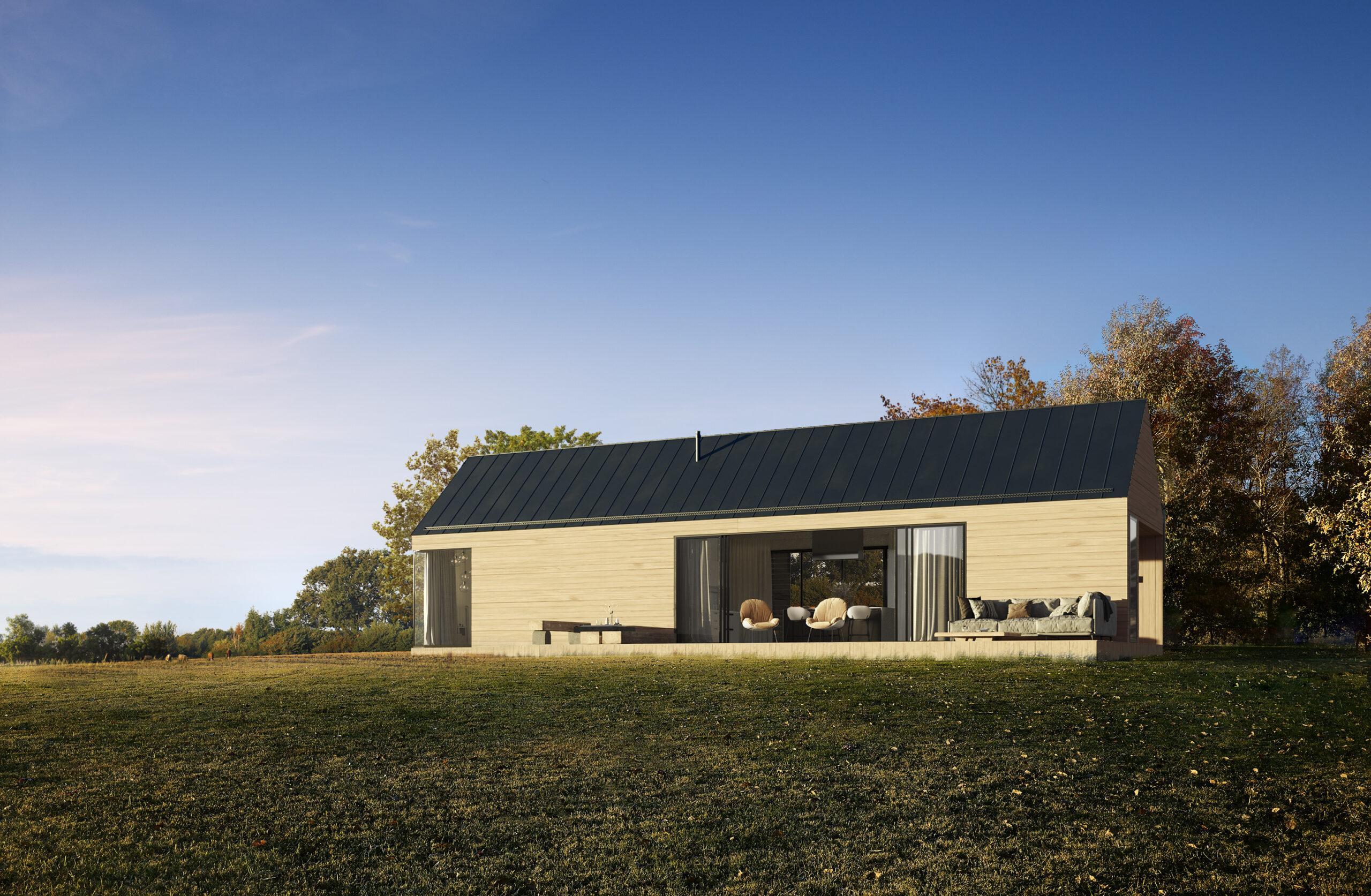Why Do We Charge for HUTS Land?
You may be asking yourself, “why does HUTS charge for this service?” Well, to put
Read more
One of the most frequently asked questions over here at HUTS is
“How do I pay for this?”
Financing new construction is different than securing a typical mortgage. With traditional mortgages, you’re purchasing an existing structure along with the land. This kind of financing is relatively straightforward. A construction loan is a bit more complex and what you will need to finance your home from the ground up.
In this post, we’ll describe how construction loans work, review some typical loan terms, and cover a few FAQs. We hope this post provides a basic understanding of custom home financing for your HUT.
Before seeking a construction loan, be sure to get your financial matters in order like you would for any loan. It’s wise to have had some preliminary discussions with several banks so you can understand your borrowing capacity and be prequalified or preapproved for a loan. We definitely recommend working with a local upstate bank who has an intimate knowledge of each area and the unique market forces in their region.
In order to apply for and close on this type of loan, you’ll need to complete some important design and planning work in advance, and present a construction budget from your contractor to the bank as well. HUTS can work with you on the necessary construction documentation that will be required in this stage.
A construction loan is interest only. The monthly payments are lower, so you can save towards your mortgage. Terms are often more flexible than for a traditional mortgage loan, and the additional scrutiny helps your project stay on track and on budget. You’ll need to decide based on your financial situation, but from our perspective the cost of capital on a construction loan is a better bet than a home equity line of credit or other privatized loan.
You’ll need a mortgage, or “permanent” loan for the completed home. If you took out a construction-to-permanent loan, you won’t need to pay another set of closing costs. Mortgage-based permanent loans are the typical loan that most people use to buy a home. Interest rates vary depending on the value of the completed house, your financial position, and other considerations.
A traditional mortgage loan provides long-term financing for an existing home. The house is used to secure the loan. The loan period can reach up to 30 years and the borrower makes payments towards the principal and interest for the entire duration.
A construction loan, on the other hand, does not have the advantage of an existing home to use as collateral. The loan is short-term, meant only for the time it takes to build the house. Because there isn’t a completed home the bank can take as collateral, lenders will usually require the homeowner to put in all of the required equity (usually 20%-30%) at the beginning before the loan proceeds are utilized.
Can I secure financing to help purchase my land or pay off an existing lien on the land?
The short answer is, yes! The long answer is, the bank will finance up to 65% of the purchase price or the appraised value of the land (whichever is less). For example: If the purchase price of the land is $50,000 and the appraised value is $60,000, the bank will fund 65% of the $50,000 toward the purchase of the land. The amount of money advanced on the land will then be deducted from the total loan amount and all future disbursements will then be calculated on the reduced figure.
If I own my land free and clear, can I draw on the equity at the Construction Loan Closing?
Great question! If the land has been owned for less than one year you may draw off to 65% of the original purchase price or appraised value (whichever is less). If the land has been owned for more than one year you may draw up to 75% of the value of the land as determined by the appraisal.
Can I change my construction loan to a permanent mortgage if I finish the home early?
For a two-close construction loan, you may convert to a permanent mortgage at any time during the term of the construction loan provided you qualify, the house is 100% complete, based on your inspection schedule, and the bank has received a certificate of occupancy. For the single close program, you will continue to pay interest only until the maturity of the construction period. At that time the loan will begin to amortize.
HUTS definitely encourages all of our followers and clients to connect with local financial institutions in the area in which they wish to build. Each project is different and can include various financing options. Speaking with a banking representative about your personal circumstances will help to unlock the best path forward for you. We hope this post was helpful!